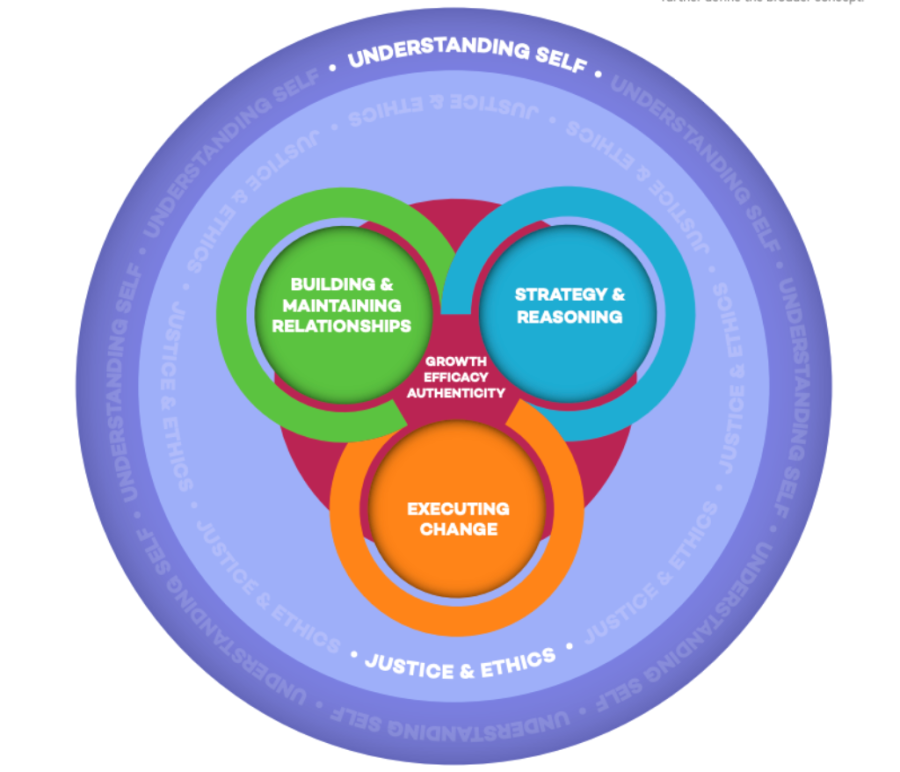
We have all been taught that bullying is intolerable. Bullies are thought to torment others and create a burden to society. From educational videos to schoolwide talks, bullying prevention is a core aspect of many learning environments. So bullying is reduced with the teaching, right?
Although the thought and effort in school are reasonable to begin with, a widespread problem arises: bullying is changing. To many, the initial opinion of cyberbullying is that it is socially and morally wrong, for example, commenting something rude on a peer’s post or saying rude things to others is generally accepted as an intolerable action. But when this seemingly obvious mistreatment of others becomes socially acceptable, cyberbullying returns.
Society today, especially children and teens, are ambushed with a wide range of social media and celebrity influence. Teens bond over celebrities and use others in the media as a topic of conversation. Various individuals can even become “trendy” on social media, causing more talk and bonding over these individuals.
TikTok, a popular app where trends can move in and out of style very quickly, is a prime example of where these trendy people come into play. Teens all over the world bond over creators such as Noah Beck and Gordon Ramsey, earning creators a massive amount of followers.
Bonding over another person isn’t inherently bad, but when the reasoning behind the talk is cruelty or a joke, suddenly it becomes a problem. Jojo Siwa is a prime example of teens bonding over a celebrity because of hate. It was almost popular for people to not like Jojo Siwa. Making fun of her music, style, brand, hair, and even commenting disrespectful things was seen as the normal thing in teen society.
It’s almost like bullying is seen as something horrible that we should never do until it’s a certain person, then it’s viewed as ok. In reality, these are real people with feelings, and hating on them with masses of people at a time most definitely can mess with their self-image or mental health.
Others like the SM6 sibling band, “ocean facts girl” from the CUT teen video, Danielle Cohn, Bhad Bhabie, and even “the 9+10=21 kid” from Vine are other examples of the same cultural negativity put on themselves for no valid reason. Although the people doing the bullying may not even realize they are contributing to a toxic point of view because so many others are doing the same thing, the individuals on the receiving end will definitely notice the hate.
So much of the internet preaches being kind to others and the world around us, yet we continue to harbor and allow this toxic culture in order to bond as humans. Oftentimes, being in the spotlight to a judgmental society can also be toxic when a mistake is made. No matter the level of the mistake, “cancel culture” overtakes the intranet when someone in the spotlight messes up and society does not give them a chance to learn from their mistake.
Being rude online to someone is never acceptable, whether a mistake was made or not, and should not be looked at as such even when it seems like everyone else bonds over someone for a negative reason.
Bullying prevention cannot all be taught in a single learning environment, because no matter the teachings, the internet is growing and so are the possibilities of cyberbullying opportunities. The best thing we can learn is to always be kind to others, online or not, even when it seems like kindness is not the normal thing to do.







